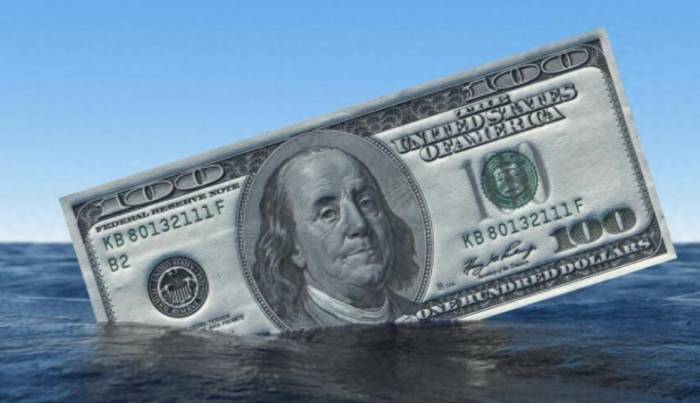Saudi Shifts to China: $4T Capital Surge
Saudi Arabia is beginning to pivot towards China, with 4 trillion funds about to flow into the Chinese market, signaling a major reshuffling of the global economic landscape.
It is well known that the Middle East is an important part of the global economic structure, and Saudi Arabia is a key player within this region.
It can be said that Saudi Arabia plays a pivotal role in whether the future global economic landscape can undergo rapid changes.
It was the binding of oil to the US dollar that allowed the dollar to dominate globally for half a century after detaching from the gold standard.
However, this global economic structure is now undergoing change.
From the cooperation between Russia and Saudi Arabia in the fields of natural gas and defense; to the joint effort between China and Saudi Arabia to build a city of the future in the desert - the Red Sea New City; to the signing of a 50 billion yuan swap agreement between China and Saudi Arabia; to the head of Saudi Arabia's Public Investment Fund stating that they will open an office in mainland China and seek investment opportunities in China with a 4 trillion yuan fund, which will further promote China's rapid economic development.
Advertisement
Through these series of actions, we can see that Saudi Arabia is currently trying to break away from its military dependence on the United States, while also controlling the dominance of oil to escape the hegemony of the US dollar.
On the other side, they are strongly supporting China's Belt and Road Initiative, looking for bilateral cooperation opportunities from finance to trade.
This means that Saudi Arabia is strategically moving eastward, and the global economic landscape is also about to undergo a major reshuffling!
So why is Saudi Arabia doing this?
There are two reasons.
First, they see a crisis.
If the Russia-Ukraine conflict made Saudi Arabia see a crisis, then the Israeli-Palestinian conflict made Saudi Arabia see the truth.
That is the truth of the plundering and hegemony of Western countries.
Will they become the next Russia or Palestine?
It can be said that the current disunity and disharmony among Middle Eastern countries is exactly what the United States wants to see.
In other words, the United States wants to use some Middle Eastern allies such as the United Arab Emirates and Qatar to disintegrate OPEC, thereby controlling the dominance of oil.
So how long can their carefree days of earning money lying down continue?
Therefore, the strategic move to the east can allow Saudi Arabia to break free from the shackles of the United States.
Second, they see hope.
As the world's second-largest economy, China is experiencing rapid development.
Many foreign institutions are optimistic about China's development in 2024, especially in terms of increased investment, consumption recovery, and improved exports.
UBS mentioned in its latest report "China Economic Outlook from 2024 to 2005" that China's consumption growth and green transformation-related investments will also maintain a strong momentum in 2024.
Of course, this is behind China's implementation of a series of policy supports and the development advantages of some new drivers.
Especially in the fields of photovoltaics, new energy vehicles, lithium batteries, etc., China has an absolute advantage globally.
In other words, as the global low-carbon emission reduction work progresses, Saudi Arabia urgently needs to transform, which is why they launched the "Vision 2030" to develop economic diversification to reduce dependence on oil.
On this road, China is the best promoter.

Moreover, China's huge economic volume and the Belt and Road Initiative make Saudi Arabia, which connects the three continents of Asia, Africa, and Europe as an important hub, also see the hope of "Vision 2030".
Therefore, it is natural for Saudi Arabia to strengthen bilateral cooperation with China in finance and trade.
Speaking of which, if Russia, Saudi Arabia, and China, these three important resource countries stand together, what will the global economic landscape be like?
Leave a Comment